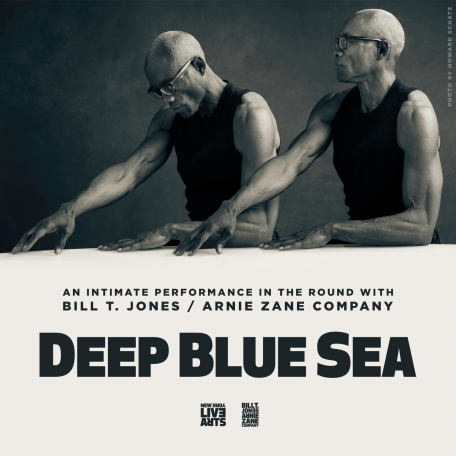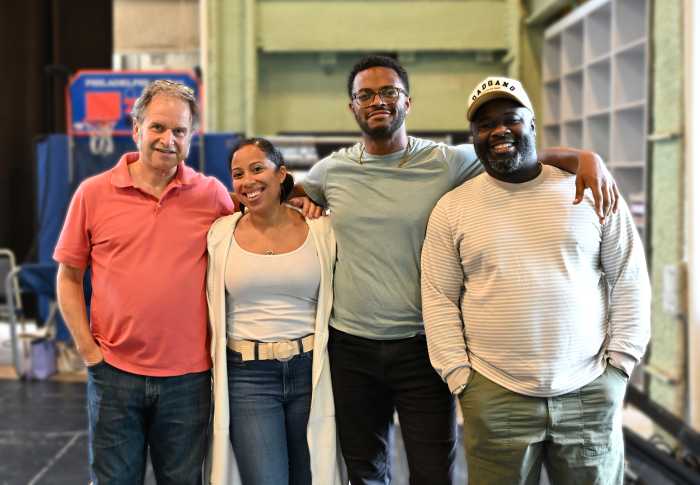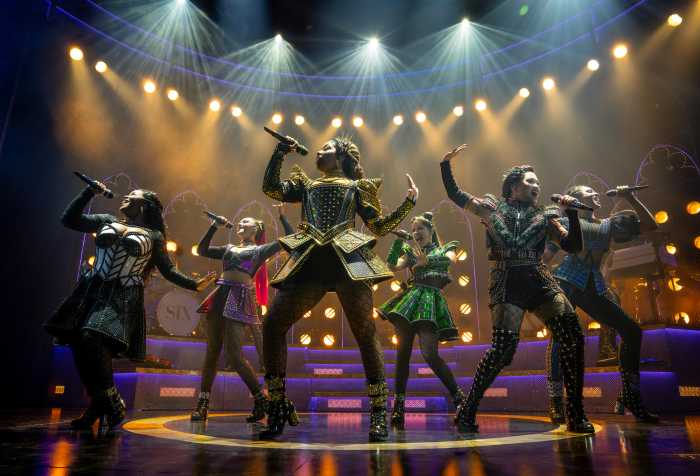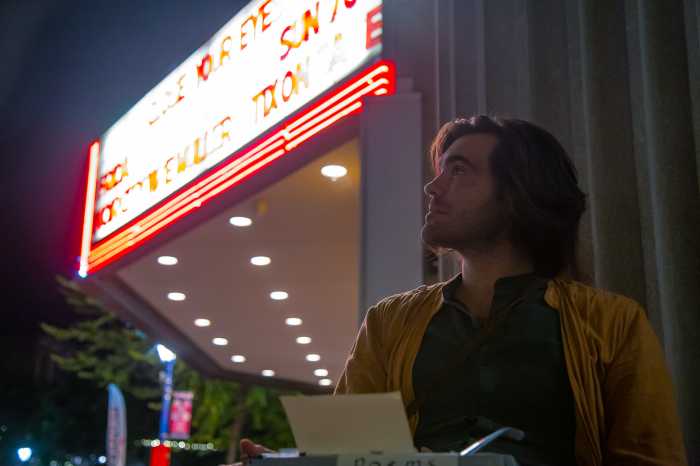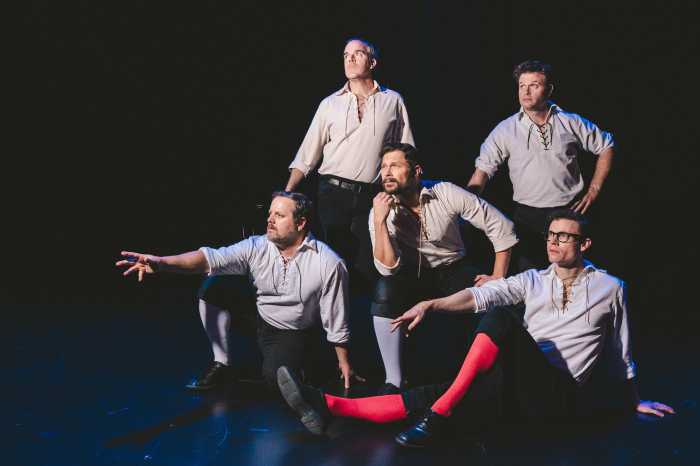What Miles Davis is to jazz and David Lynch is to film, choreographer Bill T. Jones is to dance. He is a MacArthur Genius Fellowship Award winner and two-time Tony Award winning creator whose every (literal) step, big or small, changes the landscape of the art-form.
“My process is like my face,” Jones said when he was last in Philadelphia, crafting a choreo-poem for Opera Philadelphia and its “We Shall Not Be Moved” theater piece. “I can change my hair, put make-up on, but the structure of my face is the structure of my face. There are certain things that I have a predilection for, one of which is…movement in all forms, the architecture of time and space as I have studied it in the world of dance. So, I care, ultimately, but in the moment, I care more about what the thing in front of me needs in order to be realized… Dance is malleable. Dance doesn’t need context.”
While Jones’ previous work in collaboration with Philadelphia art groups was based on this city’s tragic MOVE confrontation and bombing, as well as the events in Ferguson, and the beginnings of Black Lives Matter movement, this time out, the choreographer will bring what he calls as “an immersive arts experience,” ‘Deep Blue Sea’ to the Mann Center on April 29 and 30.
The experience begins with a Jones solo designed to “deconstruct text” from Martin Luther King, Jr.’s “I Have a Dream” speech, and then blossoms to incorporate the 10-member Bill T. Jones/Arnie Zane Company, along with Philadelphia movement artists. Jones legendarily named his company for artist/photographer Arnie Zane, a man who Jones met, fell in love and created an artistic and personal partnership in 1970 until Zane’s death from AIDS in 1988.
Additional elements of ‘Deep Blue Sea’ explore the manipulation of text, spoken word, singing and an ongoing “sound score” composed by Nick Hallett in collaboration with Music Producer HPrizm aka High Priest. Creating the physical environment is architectural team Diller Scofidio + Renfro and Project Designer Peter Nigrini, with lighting by Designer Robert Wierzel and costumes by Liz Prince.
One of the principal questions of ‘Deep Blue Sea’, is what Time Magazine called “the pursuit of an elusive we,” and a collective call to action. To this, Jones responded with some of America’s biggest “we” and what power they hold and betray.
“We the People, we shall overcome, we hold these truths. That is part of everyday parlance, and it’s quite irritating. I am a Black American who truly grew up thinking that we shall overcome, that there was a ‘we’ that transcended ethnicity and race. And the more I have lived, the more I see those things are so deeply entrenched. So what’s this we? This piece is a poem, a metaphorical rendering of wrestling with those stories, using iconographic texts—Herman Melville’s Moby Dick, Chapter 93, and Martin Luther King’s 1963 great March on Washington speech, ‘I Have a Dream’.”
As someone who has forever trafficked in hybrid art forms, genre-less work and multi-media mash-ups, the absolutely everything all at once of ‘Deep Blue Sea’ is right up Jones’ alley.
“I like to think about form. Form and thinking are inseparable for me. From there, I go to how and what is thinking’s relationship to feeling. That’s important to me – in everything that I do that is creative,” Jones said. “My whole life has been a hybrid, mixing this and that. That’s why I continue to call myself a post-modern artist: it’s all about combing new forms to move forward.”
For information, visit manncenter.org



